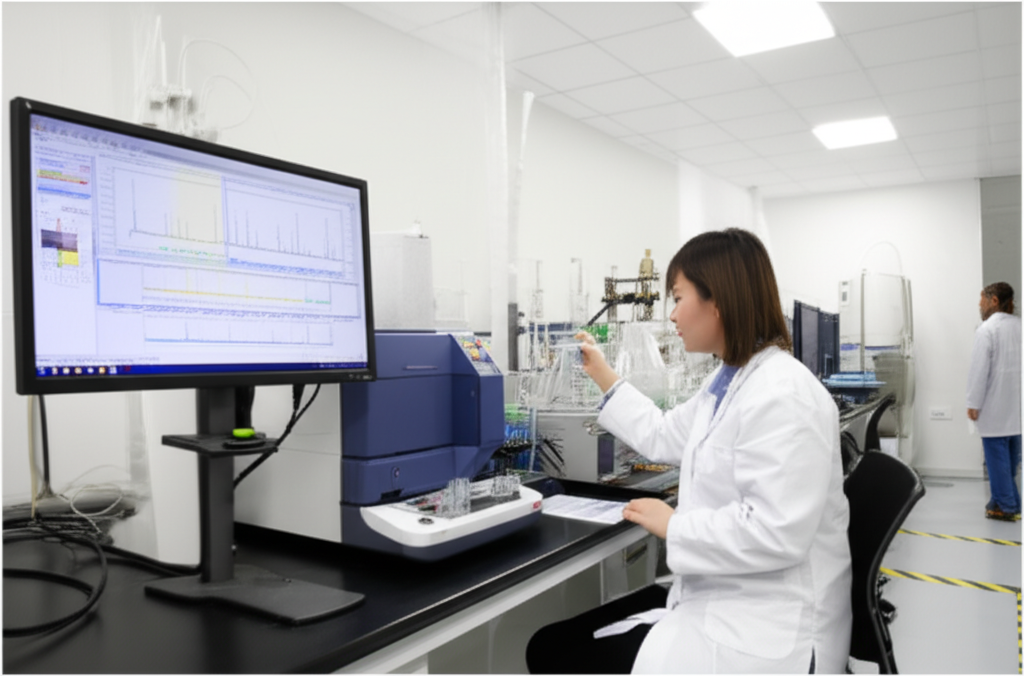The textile industry relies heavily on a range of chemical auxiliaries to achieve desired aesthetic and functional properties in fabrics. Among these, printing auxiliaries play a pivotal role in transferring intricate designs and vibrant colors onto textiles. Specifically, in pigment printing, which is widely used for its versatility and cost-effectiveness, the thickener is perhaps the most critical component of the printing paste.

A high-quality pigment printing thickener is not merely an additive; it is the backbone of the printing formulation, determining the rheology of the paste, the sharpness of the printed outline, and ultimately, the color yield and feel of the finished fabric. Without an effective thickener, the pigment particles would simply spread uncontrollably on the fabric surface, leading to blurry, ill-defined patterns and poor color intensity.
Modern pigment printing thickeners are often supplied in liquid form, typically as milky white viscous emulsions. This liquid presentation offers significant advantages over traditional powder thickeners, including ease of handling, rapid dispersion into the printing paste, and dust-free operation, contributing to a cleaner and more efficient working environment. Their application is straightforward, often allowing direct addition to the pigment and binder mixture, simplifying paste preparation and reducing production time.
Key technical properties define the performance of a superior pigment printing thickener. One of the most crucial is its thickening efficiency and water-holding capacity. These properties ensure that the printing paste maintains a stable viscosity throughout the printing process, preventing drying on the screens or rollers and ensuring consistent transfer of the paste to the fabric. Good water retention also contributes to better pigment fixation during the curing stage.
Electrolyte resistance, or salt resistance, is another vital characteristic. Printing pastes often contain various electrolytes from pigments, binders, cross-linkers, and even the water used. A thickener with good salt resistance maintains its viscosity and stability even in the presence of these ionic species, preventing paste breakdown and ensuring reliable print results, especially when using formulations containing high concentrations of salts.
The impact of the thickener on color value and brightness cannot be overstated. An effective thickener promotes better dispersion and orientation of pigment particles within the paste and on the fabric. This optimized distribution leads to higher color strength, improved brightness, and a more vibrant appearance of the printed design. The clarity of the printed shape is also directly influenced by the thickener's ability to prevent bleeding and maintain sharp, defined edges, even with fine lines and intricate patterns.
Furthermore, the thickener contributes significantly to the final feel, or handle, of the printed fabric. While some traditional thickeners could result in a stiff or harsh feel, advanced liquid thickeners are formulated to impart a soft and pleasant handle, maintaining the inherent drape and texture of the base fabric. The 'paste rate' or yield achieved from a given quantity of thickener is also an economic consideration, with high-performance thickeners offering better value through efficient paste preparation.
These high-concentration liquid thickeners are applicable across a wide range of fabrics, including natural fibers like cotton and linen, synthetics such as polyester and nylon, and various blends. They are compatible with different printing methods, including rotary screen printing and flatbed screen printing, making them versatile tools for textile manufacturers serving diverse markets.
Achieving high print quality, reproducibility, and economic efficiency in pigment printing necessitates the selection of a reliable and high-performing thickener. The benefits extend beyond just the visual appeal; they contribute to reduced waste, improved process stability, and enhanced overall productivity in textile manufacturing operations. The evolution of textile printing technologies demands chemical auxiliaries that are not only effective but also easy to use and consistent in performance.
For textile manufacturers globally, sourcing the right pigment printing thickener is a strategic decision that impacts product quality and competitiveness. Working with an experienced manufacturer and supplier ensures access to products developed with deep technical expertise and produced under stringent quality control. Understanding the technical specifications, recommended dosage, and compatibility with other printing paste components is crucial for optimizing results.
Businesses seeking to buy high-quality liquid pigment printing thickeners should evaluate potential partners based on their product performance, consistency, technical support, and supply chain reliability. The price of the thickener is a factor, but it should be considered in conjunction with its efficiency and the overall cost savings achieved through improved print quality and process efficiency. Investing in a superior thickener leads to less rework, lower pigment consumption (due to higher color yield), and ultimately, higher customer satisfaction.
Whether you are looking to initiate a purchase for the first time or seeking a new, reliable supplier, NINGBO INNO PHARMCHEM CO.,LTD. stands ready to provide detailed information on high-performance liquid thickeners designed for the demands of modern textile pigment printing. Inquiries regarding product availability, technical data sheets, and bulk price quotations are welcomed. Partnering with a dedicated chemical manufacturer ensures you receive consistent, high-quality materials essential for producing exceptional printed textiles.
Manufacturing Facilities






Professional Export Experience
to Global Customers

1. 20 years of R&D, manufacturing and sales experience, serving customers in 60 countries and regions around the world;
2. Own R&D laboratory, pilot platform and large-scale production workshop, which can meet the audit requirements of global customers;
3. We can satisfy customers' perfect transition from small scale lab requirements (gram level) to commercialization requirements (hundred tons level).
A: We don't have Minimum Order Quantity, exact quantity should be provided before quotation for us to calculate the exact cost.
A: We don't provide free samples due to lots of request and expensive international courier's cost, we can deduct the sample charge after commercial order placed.
A: Our payment terms: Small or sample order: T/T IN ADVANCE. Commercial order: First order should be by T/T IN ADVANCE or L/C at sight, and following orders T/T 30~90days is acceptable subject to approval of credit application.